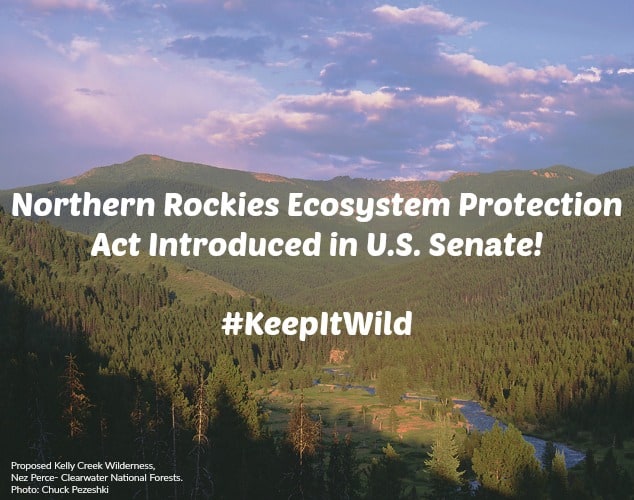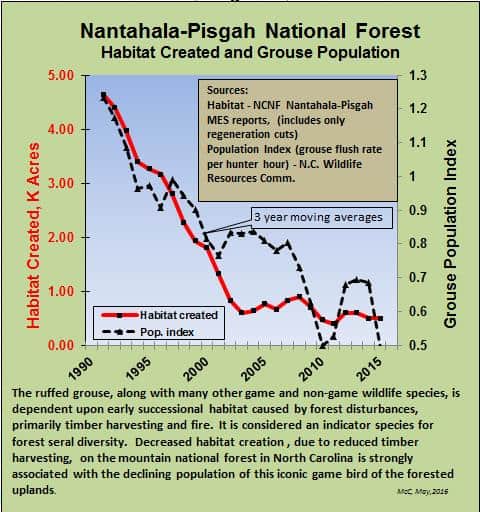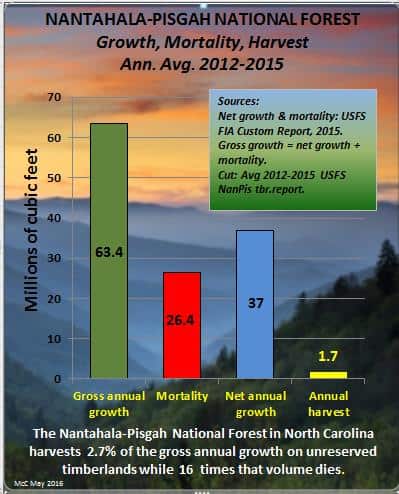The Northern Rockies Ecosystem Protection Act (NREPA), a bill that would give permanent Wilderness protection to 23-million acres of roadless lands in Idaho, Wyoming, Montana, Oregon and Washington has just been introduced in the U.S. Senate by Senator Sheldon Whitehouse and 7 other senators, including Harry Reid of Nevada and Barbara Boxer of California. The House version of NREPA was introduced last year and currently has 37 co-sponsors.
What follows is an article about today’s NREPA introduction in the Senate from Friends of the Wild Clearwater. – mk
Washington D.C.- U.S. Senator Sheldon Whitehouse (D-RI) introduced the Northern Rockies Ecosystem Protection Act (NREPA) in the Senate yesterday. The bill, S 3022, would give permanent wilderness protection to 23-million acres of America’s premier roadless lands in Idaho, Wyoming, Montana, Oregon and Washington, as well as designate about 1,800-miles of rivers and streams as Wild and Scenic. Fellow co-sponsors included: Sen. Boxer (D-CA), Sen. Durbin (D-IL), Sen. Markey (D-MA), Sen. Menendez (D-NJ), Sen. Reid (D-NV) Sen. Schumer (D-NY), and Sen. Shaheen (D-NH).“We all depend on our forests and rivers for our health and wellbeing,” said Senator Whitehouse. “This legislation would preserve an important and productive wilderness for future generations, secure important habitat for wildlife, and help to reduce climate change in the process.”
Brett Haverstick, Education & Outreach Director for Friends of the Clearwater welcomed news of the legislation being introduced in the Senate. “Some of the most biologically diverse and important roadless wildlands and rivers in the Lower 48 are located in the Clearwater Basin of north-central Idaho. Future generations will look back one day and thank our elected leaders for permanently protecting some of the best wild country left in America.”
Singer-songwriter Carole King added that many Americans don’t know their taxpayer dollars are being used to destroy the last of these incredibly beautiful and important wild places that are owned by all Americans. “One result of not having NREPA has been a tremendous loss of populations among species such as wolverine, lynx, grizzly bear, fluvial Arctic grayling and bull trout. Plus protecting the Northern Rockies Greater Ecosystems will attract tourists from around the world, and, unlike logging, tourism is a sustainable economy that will benefit local communities for generations to come.”
Congresswoman Maloney said, “I’m pleased Sen. Whitehouse has brought NREPA to the attention of the Senate. This region’s native plants and animals are worthy of our country’s highest protective status for wild lands as permanent wilderness. NREPA will protect natural biological corridors, connect whole ecosystems, and restore more than 1-million acres of damaged habitat and watersheds.”
Mike Garrity, Executive Director of the Alliance for the Wild Rockies thanked Senator Whitehouse and all of the cosponsors for introducing NREPA in the Senate. “The Northern Rockies are headwaters to three of our country’s major waterways that provide water to tens of millions of Americans — the mighty Columbia, Colorado and Missouri Rivers,” Mike Garrity explained. “The drinking water crisis in Flint, Michigan, has reminded us just how essential clean water is to human health. These headwaters, which provide some of the cleanest water on the planet, deserve to be designated as permanent wilderness.”
Garrity also emphasized that the Northern Rockies Ecosystem Protection Act will save taxpayers millions of dollars annually by eliminating wasteful subsidies to the logging industry while protecting the vast forests that are some of our nation’s best and most effective tools to fight global warming. ”National Forests absorb an astounding 10% of the carbon that America creates and unlogged and old growth forests absorb the most carbon,” Garrity explained. “It makes no sense for Congress to continue to subsidize logging the nation’s few remaining roadless areas that President Clinton worked to protect with his Roadless Rule.”
Read the news release of NREPA being introduced in the House.
See a map of NREPA.
Learn more about NREPA.


